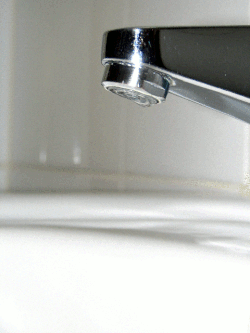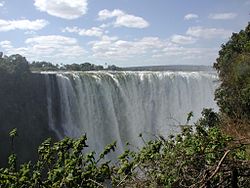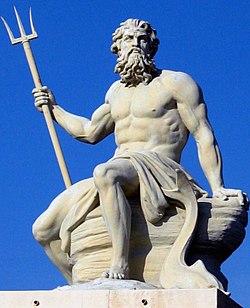

The following outline is provided as an overview of and topical guide to water:
Contents
- History
- Chemical properties and use
- Physical properties
- Geography
- Weather
- In nature and life
- Marine and aquatic life
- Politics and issues
- Supply and sanitation
- In culture and sport
- Uses
- See also
- References
- External links
Water – chemical substance with the chemical formula H2O. A water molecule contains one oxygen and two hydrogen atoms connected by covalent bonds. Water is a liquid at ambient conditions, but it often co-exists on Earth with its solid state, ice, and gaseous state (water vapor or steam). Under nomenclature used to name chemical compounds, Dihydrogen monoxide is the scientific name for water, though it is almost never used. [1]










